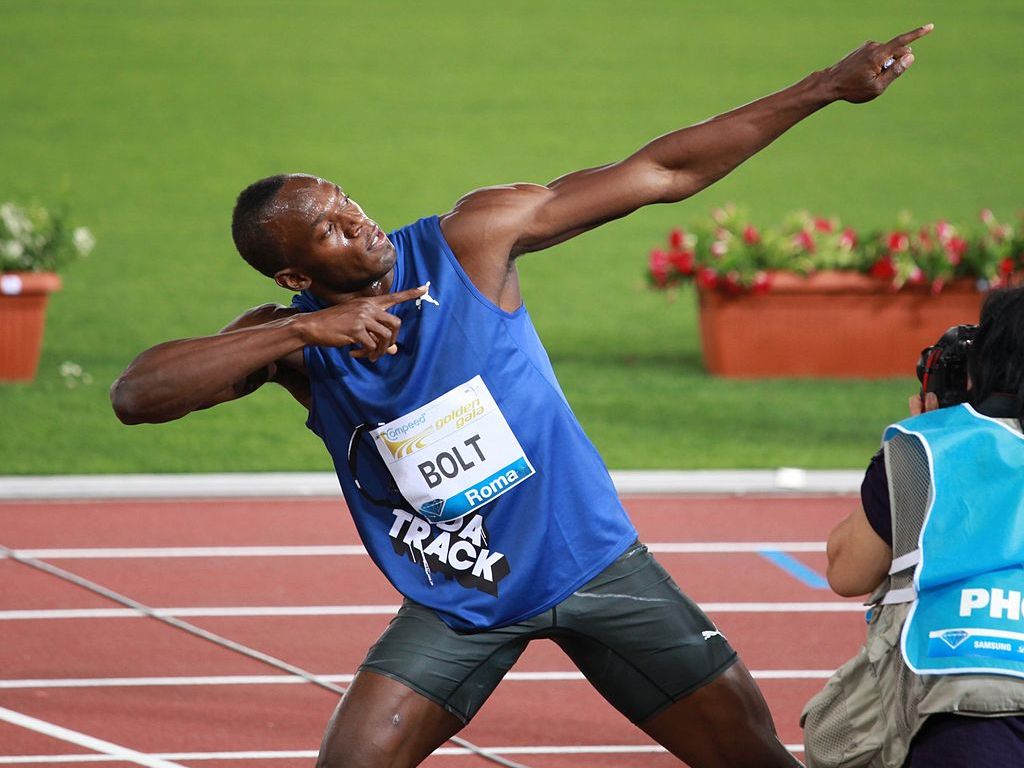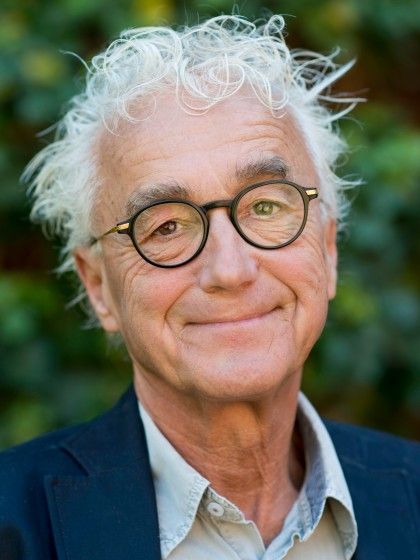The performance measuring crises in elite sports
| Date: | 05 November 2018 |
| Author: | Gerard Sierksma |

It has been observed in many sports that the level of competition has increased over the years to an extent that we can speak nowadays of a crises at the top of these sports. Not only the number of ex aequo game results is large, also the variation in performances at the top has decreased drastically. This phenomenon has been identified and is known as the Gould effect. A major goal of this paper is to analyze the Gould effect concerning the growing performance densities for elite speed skating.
For context, Stephan Jay Gould (1941-2002) was a rewarded American evolutionary biologist, who studied, among others, the development of complex biological systems. One of his scientific claims was that, when complex systems improve over time and when the best performers play by the same rules during this process, the performances of these participators equilibrate and the variation of the top performances decreases. We can reformulate these statements for the case of sports as follows.
There is a constant improvement of the level of competition due to just practicing, called the maturation process. Increasingly, the limits of what is humanly possible are reached. This leads to congestion and a certain levelling of performances at the top, while extreme events, where some athletes are much better than their rivals, become rare. The differences in performances between elite athletes and also between top teams become smaller and smaller over time.
In order to satisfy the assumption of Gould’s claim, namely that the rules should remain unchanged over time, we analyzed the innovations in speed skating that could have influenced the performances, and could be interpreted as ‘rule changes’. These factors are, among others: the increasing number of participants per contest, the improvement of training methods, the modernizations of rinks, the innovations of equipment of skaters, and the increase of the number of tournaments. In order to make the data comparable across eras, we applied standard operations on the data by computing, for instance, for each contest the average of the top five race times and subtracted this average from all race times of that contest. These data corrections made it possible to define a yearly general measure of performance, called the General Performance Level (GPL), that turned out to be insensitive to ‘changes of rules of the game’. Then, using statistical regression on the yearly GPL’s, namely biological growth models, it turned out that the so-called Gompertz model best described and showed the Gould effect for speed skating.
The practical consequences of the increasing congestion of top performances, together with the decrease of extraordinary good performances, can be listed as follows.
- Single winners become rarer: more and more ex aequo situations;
- Athletes are declared winners, where the measured (sic!) advantage of the ‘winner’ with the ‘runner up’ is within the error margins of these measuring systems;
- Selection procedures for, e.g., Olympic Games, become precarious affairs. When the pool of potential medal winners is larger than the (IOC) participants quota, potential medal winners have to stay home;
- In many cases, it takes too much time and spectators have to wait too long before the winner(s) are made public. This is then due to actual unmeasurable time differences;
- When extremely good performances occur (Chris Froome, Usain Bolt), then a common response is: doping. Recall that, although rare, extreme events may always occur.
Do you want to know more? Do not hesitate to contact the author of this post:
Gerard Sierksma (g.sierksma@rug.nl)
Further reading:
- Gould, S.J. (1996). Full house: the spread of excellence from Darwin to Plato, Three Rivers Press, 77-132.
- Haake, S., James, D., Foster, L. (2015). An improvement index to quantify the evolution of performance in field events . Journal of Sports Sciences 33(s), 255-267.
- Talsma, B., Sierksma, G., & Turkensteen, M. (2017). The growing problem of comparing elite sport performances: The Olympic speed skating case. Journal of Human Sport and Exercise 12(3proc), S892-S907.
- Talsma, B.G. (2013). Performance Analysis in Elite Sports, PhD thesis, University of Groningen, SOM Research School.
About the author


